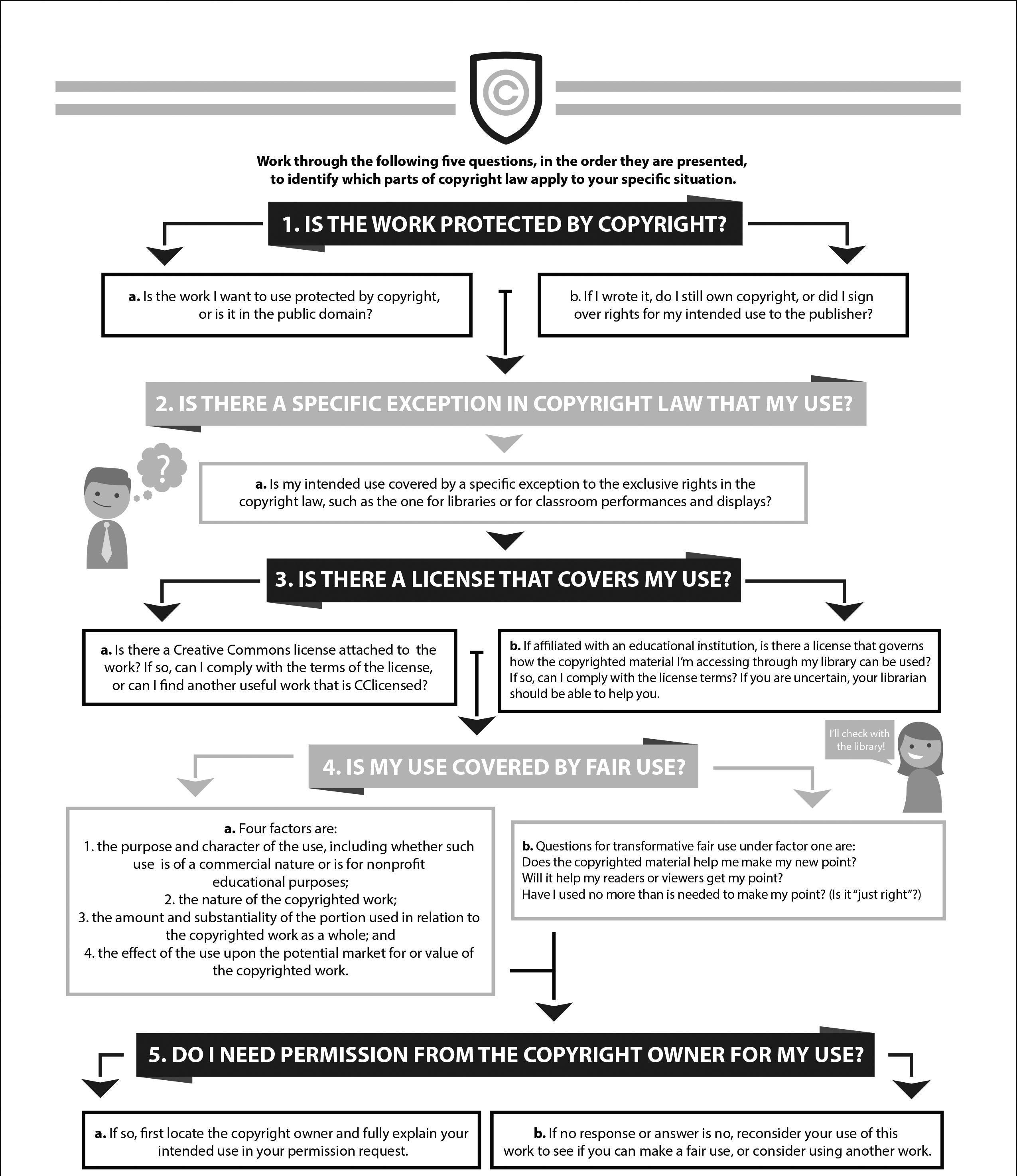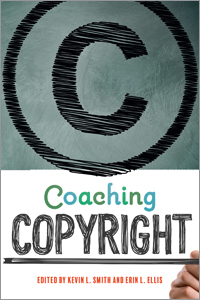Becoming a copyright coach: an interview with editors Kevin L. Smith and Erin L. Ellis
 When it comes to copyright, the most effective way to empower users is to take a practical approach to specific situations. That’s the goal of Coaching Copyright, a new collection from editors Kevin L. Smith and Erin L. Ellis which lays out a framework for addressing specific copyright problems and issues as well as techniques for teaching about copyright to various audiences. In this interview the editors discuss why coaching is the perfect approach for offering copyright guidance and how to integrate copyright coaching into an existing instruction program.
When it comes to copyright, the most effective way to empower users is to take a practical approach to specific situations. That’s the goal of Coaching Copyright, a new collection from editors Kevin L. Smith and Erin L. Ellis which lays out a framework for addressing specific copyright problems and issues as well as techniques for teaching about copyright to various audiences. In this interview the editors discuss why coaching is the perfect approach for offering copyright guidance and how to integrate copyright coaching into an existing instruction program.
First off, let’s talk about the title of your book. How is “coaching copyright” different from just knowing the ins and outs of copyright law?
Kevin L. Smith: Coaching is always, I think, situational and focused on addressing a specific problem. Whereas in most teaching, an instructor tries to impart knowledge in the believe that the knowledge, and the process of acquiring it, will be useful to the student at some point in the future. But when we coach, we focus on the more immediate future, and on a concrete need. A coach, including a copyright coach, wants to help a specific person address a problem or question that is facing them now. Our book is designed to help librarians and others solve these kinds of immediate challenges.
Erin L. Ellis: I would just add that simply knowing the ins and outs of copyright law isn’t enough. Coaches recognize that there are numerous nuances to attend to. Coaching is an approach based on "just in time," rather than "just in case" support.
One of your key concepts is “Keep it simple.” Can you offer some tips for narrowing a copyright question down to its essentials?
Kevin L. Smith: The first essay in the book is intended to accomplish this goal. It presents a framework of questions that can help a copyright coach analyze an issue and identify where the real problem lies, and what information is needed to resolve it. Copyright law is not really simple, but a systematic approach helps one avoid superfluous questions and pay attention to the right aspects of a situation.
What advice can you offer for handling situations whether questioners aren’t satisfied with the answer or guidance you just gave them?
Kevin L. Smith: This can be really difficult. Surprisingly, it is sometimes the people to whom you say “yes” who are most unwilling to accept the answer. We tend to believe that copyright is always an obstacle, and that the copyright expert will inevitably want to stop whatever activity is in question. In fact, the law is pretty friendly to education and library work, but we often have to overcome a lot of skepticism when we tell people that there is a way to accomplish their goal.
Whichever direction the answer goes, however, helping people understand the policy the underlies the law can be very helpful. Thinking through what seems fair, and what will support innovation and new creation is thus often the best way to address this kind of dissatisfaction.
 What are some first steps for integrating copyright coaching into an existing instruction program?
What are some first steps for integrating copyright coaching into an existing instruction program?
Erin L. Ellis: I’d say, first, understand what your librarians know (or think they know) about copyright and how they encounter copyright questions or issues. Make sure everyone has the resources to effectively apply the Five Questions (from chapter one). Librarians should also understand that coaching takes time and is consultative, which is somewhat distinct from the way we typically approach instruction.
You can also begin by integrating coaching opportunities into existing partnerships and collaborations with faculty. Faculty who run undergraduate research programs, for example, or faculty who teach in programs like media, art/design, music, and business - - talk to them about copyright and learn how they talk to their students about copyright. Use other existing instruction program aspects, such as professional development workshops for your librarians, to focus on copyright and discuss what it means to incorporate a coaching style into one’s instruction repertoire. Copyright can be intimidating. It’s important to empower librarians with tools and resources and encourage them to look for copyright coaching opportunities. My co-author in the book, Jill Becker, reviews real assignments – collected from faculty through ordinary library instruction requests - to look for possible copyright aspects. It’s an exercise any librarian could undertake to explore how one would negotiate copyright issues or concerns with faculty related to their assignments and courses.
Copyright is an important subject obviously; but teaching it in a way that’s engaging and exciting can be tricky. Do you have some favorite examples from the book of getting an audience hooked?
Kevin L. Smith: Because copyright solutions are so fact-dependent, there is no substitute for picking apart specific situations, whether they are court cases, hypotheticals, or real situations. Two of our authors focus on the use of stories to teach about copyright, and I think that is probably the best way to engage an audience. It is also effective in part because copyright, by its nature, involves the works of human creativity, which means that the stories we encounter are, in themselves, varied and interesting.
Erin L. Ellis: I agree. Storytelling is powerful. It encourages people to put themselves in someone else’s shoes. Anne T. Gilliland’s chapter is full of good guidance on using stories in copyright instruction. Stories also open the door for using scenarios and role playing which I think are both really effective ways to understand copyright issues. Many of our authors talk about the success they’ve achieved using scenarios. It’s also relatively easy to create scenarios that are timely and relevant to students – just check some national or international headlines! Laura Quilter, one of our authors, has a good list of topics and exercises in her chapter that could be starting points for building scenarios and roleplaying activities. And Ana Enriquez’s chapter describes a great way to use role playing in mock negotiations. I’m a big fan of any activity that puts a student in the role of creator – it kind of flips the script for them and is a highly impactful experience.
Learn more at the ALA Store.
